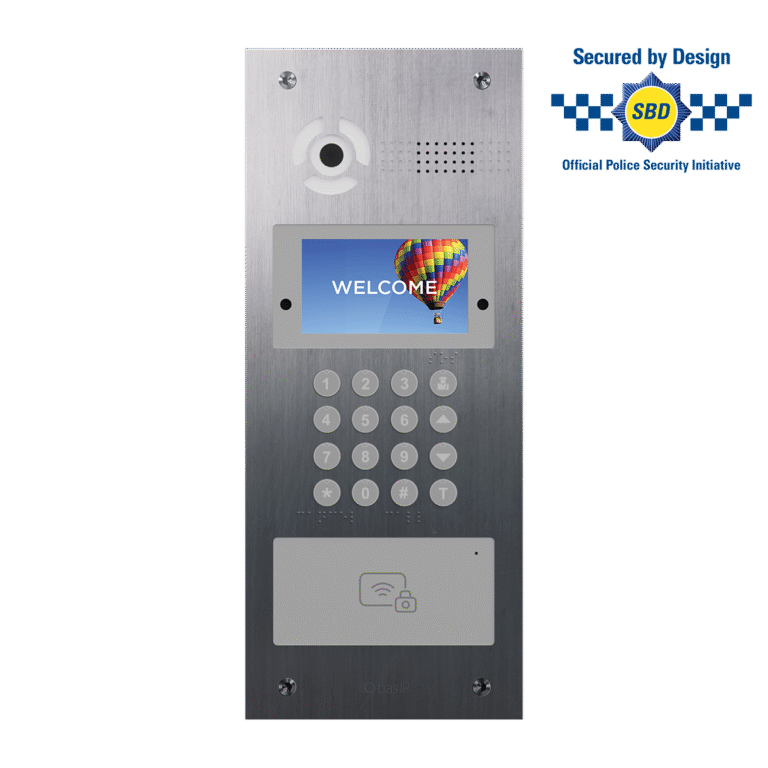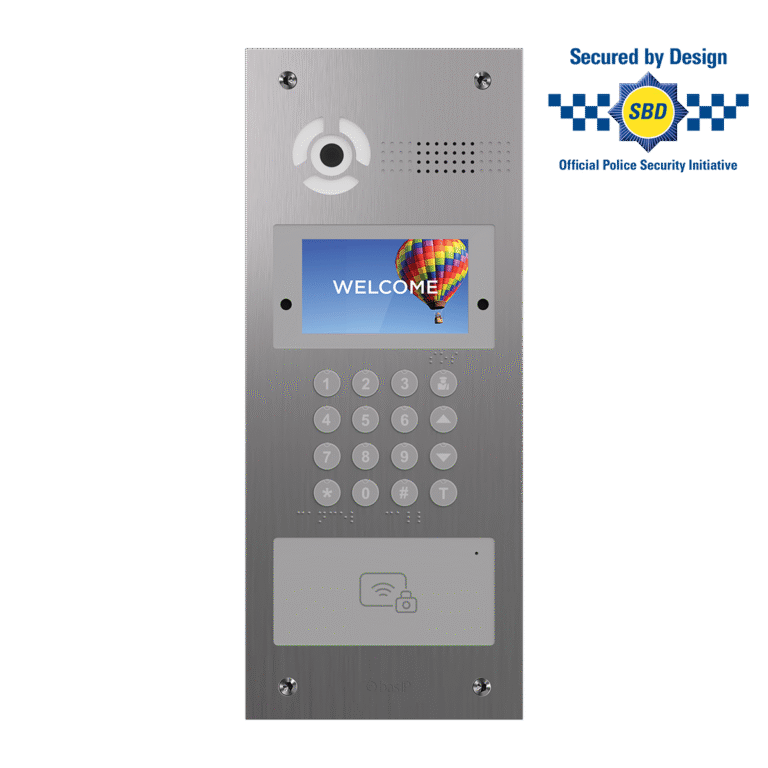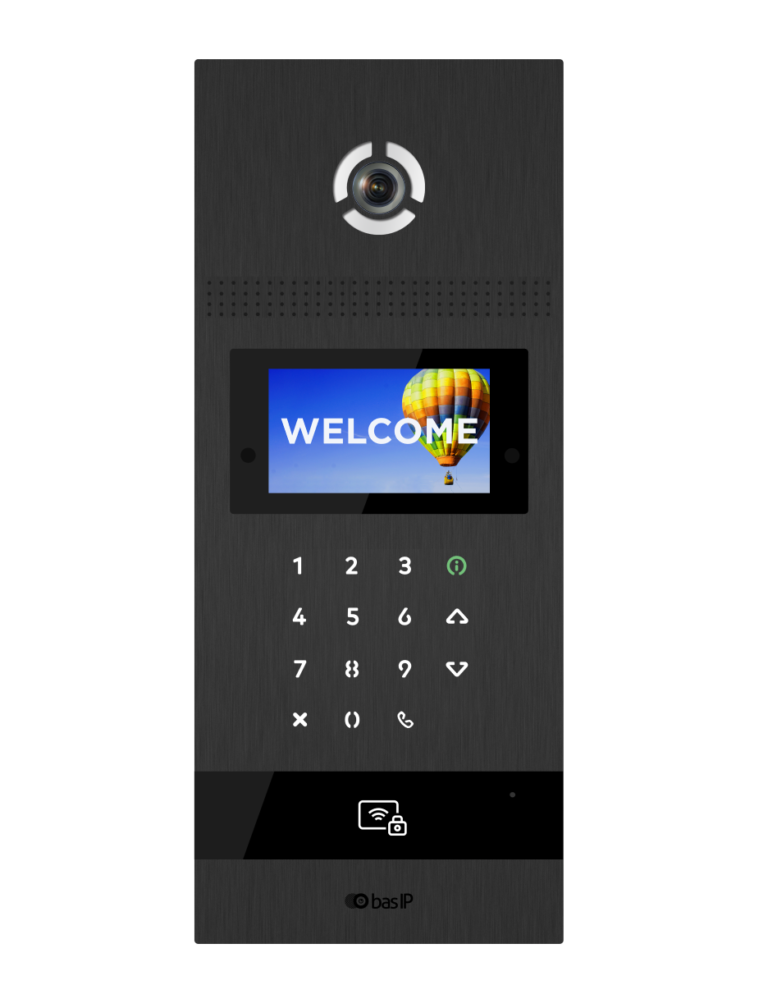Smart Building: Technology, Solutions and Design
As our world becomes increasingly interconnected, smart building technology is revolutionizing the way we live, work, and play. These cutting-edge developments are shaping the future of urban living, providing innovative solutions for energy efficiency, sustainability, and convenience. In this comprehensive article, we will explore the world of smart building solutions, systems, and services, and discuss the top smart building solution companies that are driving this transformation. Additionally, we will delve into the unique aspects of smart building design and architecture and analyze the BAS-IP building intercom system as an example of cutting-edge smart building technology.
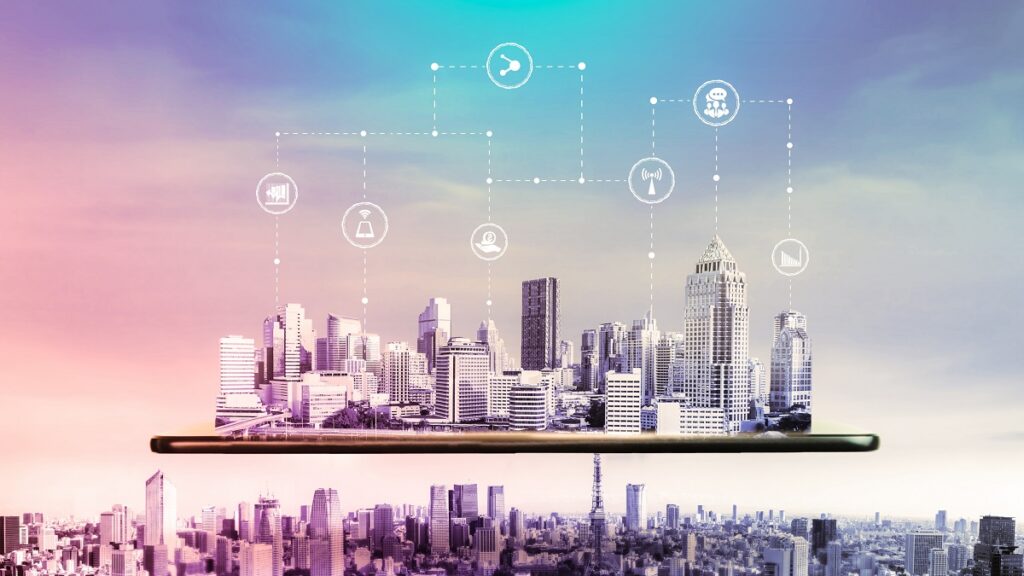
The Emergence of Smart Building Technology
Understanding Smart Building Systems
Smart building systems are integrated networks of sensors, actuators, and controllers that monitor and automate various functions within a building. These systems can optimize energy consumption, enhance security, improve indoor air quality, and facilitate efficient facility management. By utilizing advanced data analytics, artificial intelligence, and machine learning, smart building systems can intelligently adapt to the changing needs of occupants and the environment.
The Benefits of Smart Building Solutions
Smart building solutions offer a wide range of benefits, including:
- Energy efficiency: By optimizing HVAC systems, lighting, and other energy-consuming systems, smart buildings can significantly reduce energy consumption and costs.
- Sustainability: Smart buildings can minimize waste and promote environmentally-friendly practices, contributing to a greener future.
- Enhanced safety and security: Through advanced monitoring and access control systems, smart buildings can protect occupants and property from threats.
- Improved occupant comfort: By monitoring and adjusting environmental conditions, smart buildings can create a more comfortable and productive living or working environment.
- Streamlined facility management: Automated systems and data analytics can help facility managers to optimize building performance, reduce maintenance costs, and prolong the lifespan of equipment.
Leading the Charge: Top Smart Building Solution Companies
There are numerous companies at the forefront of smart building technology, each offering unique solutions and services. Some of the top smart building solution companies include:
- Honeywell: A global leader in building automation, Honeywell offers a wide range of smart building solutions, including energy management, security, and fire safety systems.
- Siemens: With its advanced building automation systems, Siemens focuses on energy efficiency, sustainability, and occupant comfort.
- Schneider Electric: This company provides integrated building management solutions for energy management, HVAC control, lighting control, and more.
- Johnson Controls: Offering a comprehensive suite of smart building solutions, Johnson Controls specializes in HVAC, security, fire protection, and building management systems.
- BAS-IP: Pioneering innovative building intercom systems, BAS-IP offers a unified solution for access control, security, and communication in smart buildings.
The Art of Smart Building Design
Integrating Technology into Architecture
Smart building design is a fusion of advanced technology, sustainable practices, and innovative architecture. By seamlessly integrating smart building systems and services into the building’s design, architects and engineers can create structures that are efficient, comfortable, and aesthetically appealing.
Designing for Occupant Comfort and Well-being
A key aspect of smart building design is the focus on the needs and well-being of occupants. By incorporating natural light, biophilic design elements, and adaptive environmental controls, smart buildings can create a healthy, comfortable, and inspiring environment for residents and workers.
A Closer Look at BAS-IP Building Intercom System
BAS-IP is a company that specializes in smart building solutions, specifically focusing on their innovative building intercom systems. By providing a unified solution for access control, security, and communication, BAS-IP’s building intercom system is a prime example of cutting-edge smart building technology.
Key Features of the BAS-IP Building Intercom System
The BAS-IP building intercom system offers a wide range of features, including:
- High-quality audio and video communication: With advanced audio and video technology, BAS-IP intercom systems ensure clear communication between occupants and visitors.
- Seamless integration with other smart building systems: The BAS-IP intercom system can be easily integrated with security systems, access control, and home automation for a comprehensive smart building solution.
- Customizable design: With a variety of stylish and modern panel designs, BAS-IP’s intercom systems can be tailored to match the aesthetics of any smart building.
- Scalability: BAS-IP intercom systems are designed to be easily expandable, making them suitable for small residential buildings or large commercial complexes.
- Remote access and control: With the help of a mobile app, occupants can control the intercom system, grant access, and monitor security from anywhere in the world.
Smart Building Use Cases
Smart building technology has a wide range of applications across various sectors, including residential, commercial, industrial, and public facilities. Here are some notable use cases that demonstrate the versatility and potential of smart building solutions:
Residential Buildings

- Home automation: By integrating smart building systems into residential homes, occupants can enjoy automated control of lighting, HVAC, security, and appliances for increased comfort, convenience, and energy savings.
- Assisted living: Smart building technology can be used to monitor and support elderly or disabled individuals, ensuring their safety and well-being while allowing them to maintain independence.
- Multi-tenant buildings: In apartment complexes or condominiums, smart building solutions can streamline access control, enhance security, and provide centralized management for building amenities and services.
Commercial Buildings

- Office spaces: Smart building technology can optimize the working environment by adjusting lighting, temperature, and air quality based on occupancy and individual preferences, resulting in increased productivity and employee satisfaction.
- Retail stores: By utilizing smart building solutions, retailers can improve customer experience through targeted lighting, personalized promotions, and efficient inventory management.
- Hotels and hospitality: Smart building systems can enhance guest experience in hotels by offering personalized room controls, automated check-in/check-out processes, and energy-efficient operations.
Industrial Buildings
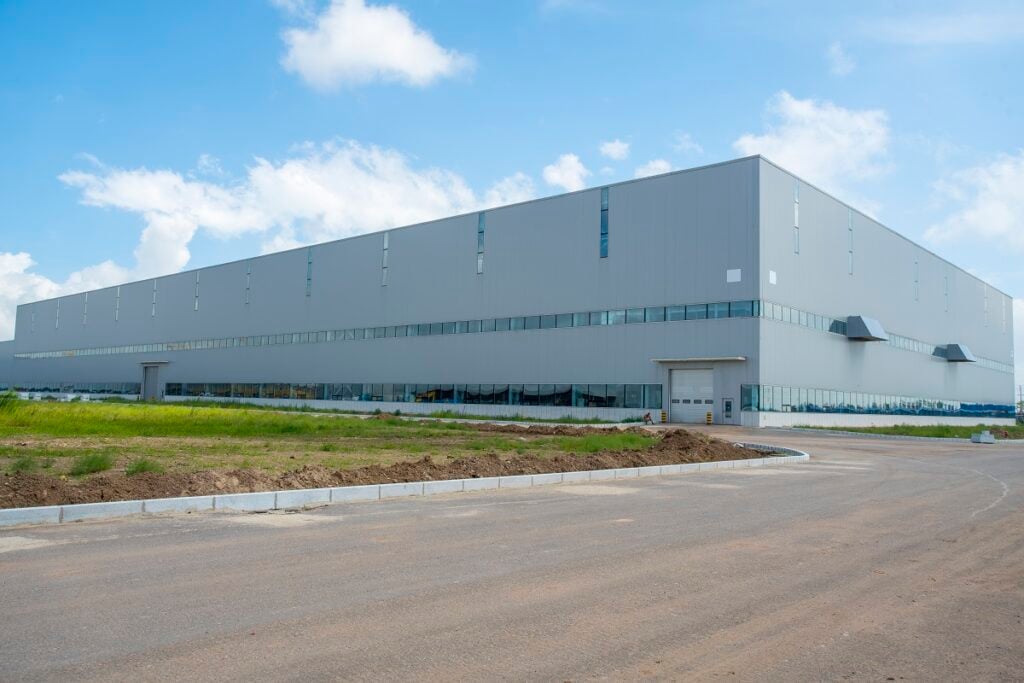
- Manufacturing facilities: By incorporating smart building technology, manufacturers can optimize production processes, monitor equipment performance, and reduce energy consumption, leading to increased efficiency and cost savings.
- Warehouses and logistics centers: Smart building solutions can streamline inventory management, automate material handling, and enhance security in warehouses and distribution centers.
Public Facilities

- Educational institutions: In schools and universities, smart building technology can improve learning environments by adjusting lighting, temperature, and acoustics based on occupancy and activity, as well as enhancing security and access control.
- Healthcare facilities: Hospitals and clinics can benefit from smart building solutions by optimizing patient comfort, automating medical equipment management, and ensuring a safe and hygienic environment.
- Government buildings: Smart building systems can help public facilities achieve energy efficiency goals, improve security, and streamline facility management.
These use cases demonstrate the versatility of smart building technology in various sectors and highlight the potential benefits and improvements it can bring to our everyday lives.
| Category | Description |
|---|---|
| Smart Building Technology | Integrated networks of sensors, actuators, and controllers that monitor and automate building functions. |
| Benefits | Energy efficiency, sustainability, enhanced safety and security, improved occupant comfort, streamlined facility management. |
| Top Solution Companies | Honeywell, Siemens, Schneider Electric, Johnson Controls, BAS-IP. |
| Smart Building Design | Fusion of advanced technology, sustainable practices, and innovative architecture. |
| BAS-IP Building Intercom System | Unified solution for access control, security, and communication in smart buildings. |
| Key Features | High-quality audio/video, seamless integration, customizable design, scalability, remote access and control. |
Smart Building Trends
As smart building technology continues to evolve, several emerging trends are shaping the future of the industry. Here are some noteworthy trends to watch in the smart building sector:
Internet of Things (IoT) Integration
The integration of IoT devices and sensors into smart building systems enables more efficient data collection and analysis, providing valuable insights into building performance and occupant behavior. IoT technology also allows for seamless communication and interoperability between various building systems and devices, resulting in a more connected and intelligent environment.
Artificial Intelligence (AI) and Machine Learning
AI and machine learning algorithms are being incorporated into smart building systems to analyze vast amounts of data and make intelligent, real-time decisions. These advanced technologies enable smart buildings to learn from patterns and trends, optimize operations, and adapt to changing conditions, improving energy efficiency and occupant comfort.
Focus on Occupant Well-being and Productivity
There is a growing emphasis on designing smart buildings with the well-being and productivity of occupants in mind. This includes integrating biophilic design elements, optimizing indoor air quality, and utilizing human-centric lighting systems that adjust to natural light patterns and individual preferences.
Increased Adoption of Renewable Energy and Energy Storage
As the demand for sustainable and energy-efficient solutions grows, smart buildings are increasingly adopting renewable energy sources, such as solar and wind power, to reduce their environmental impact. In addition, energy storage systems are being integrated into smart buildings to store excess energy and provide backup power during grid outages, further enhancing energy efficiency and resilience.
Cybersecurity and Data Privacy
With the increasing reliance on connected devices and systems, cybersecurity and data privacy are becoming more critical in the smart building industry. As a result, there is a growing focus on implementing robust security measures and protocols to protect sensitive data and ensure the safety and privacy of occupants.
5G Connectivity and Edge Computing
The rollout of 5G networks and the increasing adoption of edge computing technologies are expected to revolutionize the smart building industry. The enhanced connectivity and reduced latency provided by 5G can support more sophisticated IoT applications and real-time data processing, while edge computing allows for decentralized processing and data storage, reducing the reliance on cloud-based services and improving overall system performance.
These trends highlight the continuous advancements in smart building technology and the ongoing efforts to create more sustainable, efficient, and connected environments for occupants. As the industry continues to innovate, we can expect to see even more exciting developments in the world of smart buildings.
Frequently Asked Questions (FAQs)
Conclusion
Smart building technology is rapidly transforming the way we live and work, offering innovative solutions for energy efficiency, sustainability, and occupant well-being. As the industry continues to evolve, the integration of smart building systems, solutions, and services will become increasingly important in shaping the future of our urban landscapes. By understanding the intricacies of smart building design, architecture, and the top companies driving this change, we can better appreciate the potential of this revolutionary technology and its impact on our everyday lives.

